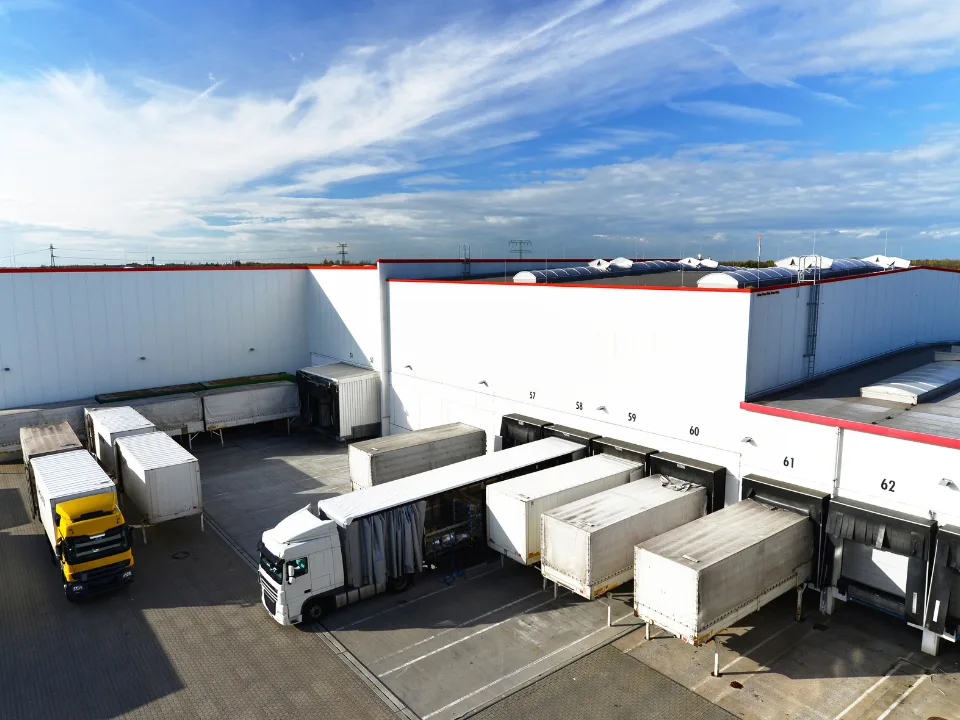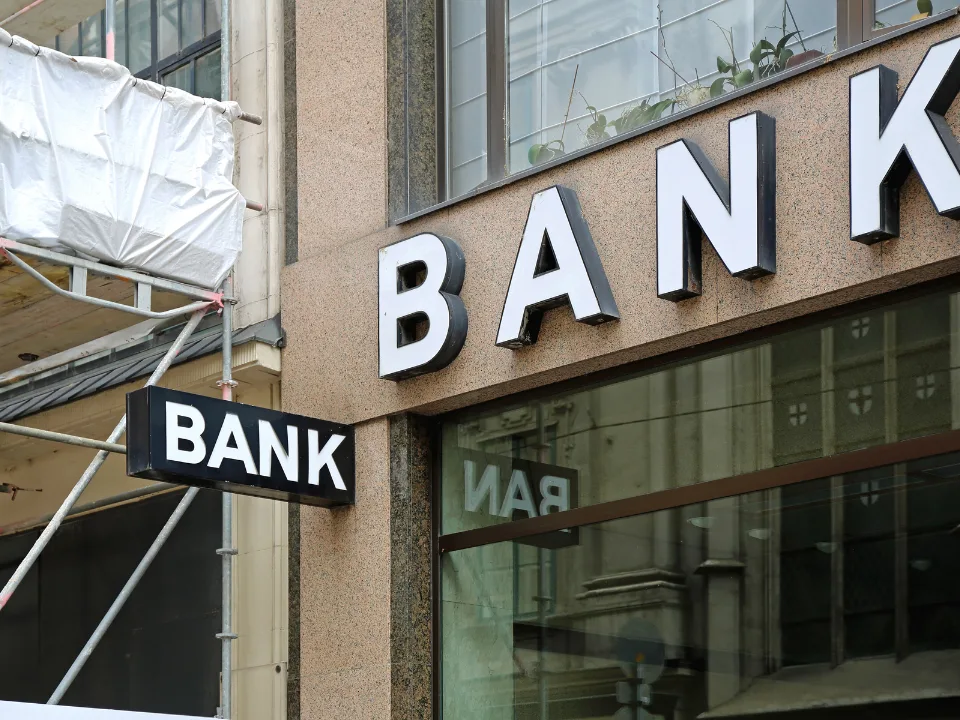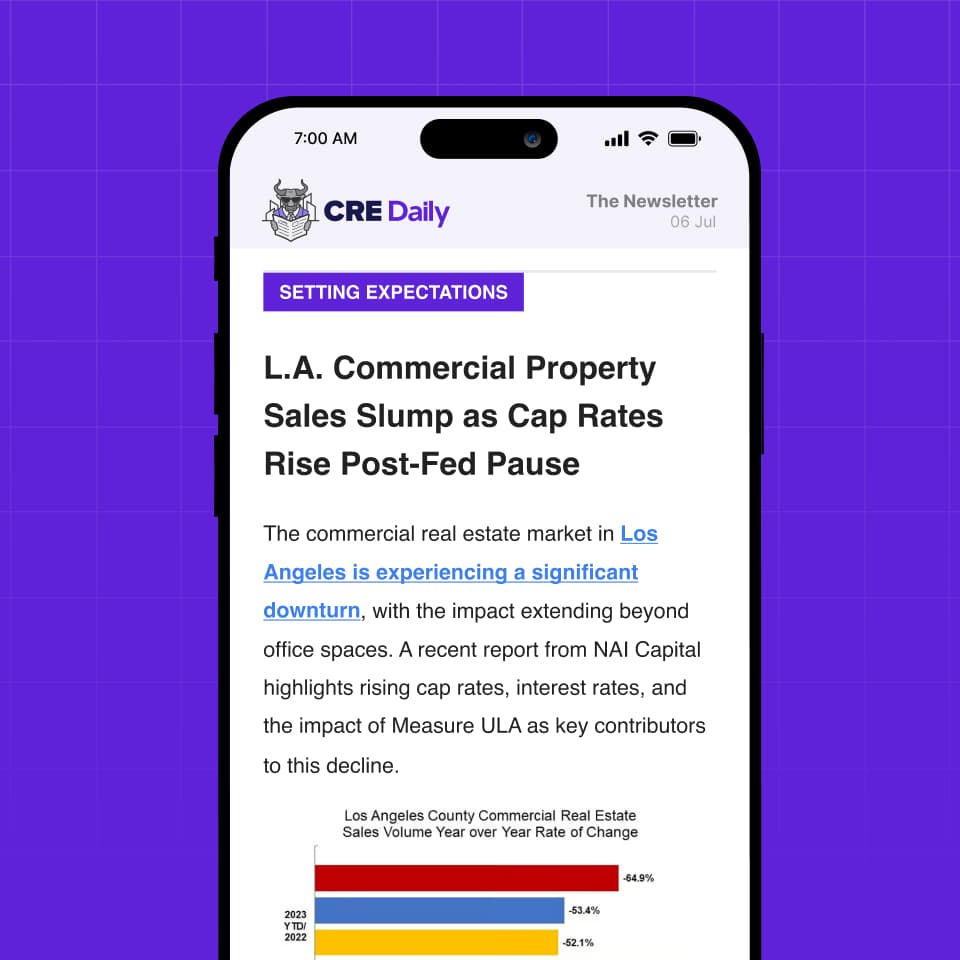- The Federal Reserve’s Beige Book indicates modest economic growth from mid-January to mid-February, with mixed trends across CRE.
- Construction activity was down slightly, though leasing in certain sectors, like multifamily, saw promising growth.
- The office sector continued to face struggles, and the life sciences sector faced uncertainty due to proposed federal budget cuts.
- A modest uptick in certain regions, like New York City and Chicago, was tempered by weak demand in other sectors, like retail and construction.
The Federal Reserve’s February Beige Book, a snapshot of current economic conditions across the US, reports modest overall growth between mid-January and mid-February.
However, mixed trends persist within CRE, particularly in construction, which saw a slight decline across several districts, per GlobeSt.
Mixed East Coast Activity
While 6 of the 12 Fed districts reported stable conditions, some regions saw notable shifts in real estate activity with broader sector implications.
Boston’s CRE market was flat, with some optimism for future residential and commercial leasing activity. The multifamily sector continued to show solid leasing performance, while industrial rents held steady at elevated levels. However, Beantown’s office market is still struggling, with weak demand and rents under pressure.
Meanwhile, in New York City, CRE markets were mixed. While the Big Apple’s office market enjoyed a modest uptick in leases and lower vacancy rates, other sectors showed weakness. The industrial market in Northern New Jersey weakened a bit, and retail in NYC also saw declines. Additionally, construction activity showed a modest drop, suggesting a cautious developer sentiment.
Philadelphia saw a slight reduction in construction activity and reported challenges linked to federal spending cuts, which could impact future projects. Bankers noted concerns over rollover risks in CRE lending as maturities approached.
Get Smarter about what matters in CRE
Stay ahead of trends in commercial real estate with CRE Daily – the free newsletter delivering everything you need to start your day in just 5-minutes
Broader Regional Variations
In Cleveland, residential construction and demand for real estate were modestly down, with construction activity flat in recent weeks. Some developers expressed caution, waiting for clearer direction on interest rates and tariff policies before making new investments.
The Richmond district reported a “slight pause” in activity, with businesses holding back due to policy uncertainty. While some office markets showed signs of recovery as employees returned to in-person work, overall demand was sluggish.
Conditions were mixed in Atlanta. Office markets struggled with vacancies, while multifamily saw rising vacancies due to oversupply.
Chicago reported modest growth in CRE activity, although rents and vacancy rates were slightly up.
St. Louis saw improvements, particularly in multifamily demand, although investor caution persisted due to macro headwinds and high construction costs.
Minneapolis reported largely flat CRE activity, with construction declining, while Kansas City saw a slight uptick in CRE construction outside the office sector. Retail and hotel projects gained momentum, though lenders were mindful of risks such as material cost increases.
In Dallas, CRE activity showed slight improvements, with apartment demand remaining stable, though rents were flat to down. The construction pipeline is expected to slow in 2025, and industrial demand fell from previous highs.
Finally, San Francisco reported flat CRE conditions overall. While office demand improved slightly, it’s still subdued, and retail rents rose with inflation. Project delays continued, although infrastructure and public work projects were unaffected.
The Bigger Picture
The Beige Book report indicates that, while there are pockets of growth and optimism in the CRE market, particularly in certain regions and sectors like multifamily, the broader picture remains mixed.
Construction activity is slowing and the office sector faces significant challenges. The Fed’s ongoing policy stance will continue to play a pivotal role in shaping the future of commercial projects and funding in 2025.















